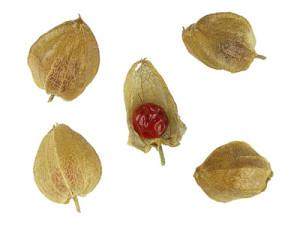 Ayurvedic herbs are considered as an attractive approach towards the lung cancer therapy. Such herbs have little side effects and are a major source of new drugs. One such herb is proving the medicinal effects of lung cancer called as Ashwagandha. Withania somnifera is commonly known as ashwagandha. It is a major herb used in Ayurvedic cancer treatment. By acting as a powerful regulator, it helps to prevent cancer. It is a great supplement to reduce immunosuppression. It also works to ease the pain of chemotherapy treatment.
Ayurvedic herbs are considered as an attractive approach towards the lung cancer therapy. Such herbs have little side effects and are a major source of new drugs. One such herb is proving the medicinal effects of lung cancer called as Ashwagandha. Withania somnifera is commonly known as ashwagandha. It is a major herb used in Ayurvedic cancer treatment. By acting as a powerful regulator, it helps to prevent cancer. It is a great supplement to reduce immunosuppression. It also works to ease the pain of chemotherapy treatment.
Ashwagandha and Lung Cancer
Ashwagandha is one of the most powerful plants and is being used in ayurvedic medicine for a long time. The herb helps to balance the nervous system. It has shown to reduce the growth of lung cancer cells without affecting normal cells. It may also work to prevent chemotherapy-induced neutropenia. It works as an antioxidant to prevent lung cancer. It helps to prevent the growth of tumors.
Composition and Dosage
Ashwagandha is rich in iron, in antioxidants, glucose, potassium nitrate, steroidal alkaloids and many other substances. It also contains fatty acids, lactones, somnine etc. It is usually sold in capsules and the dosage depends on your health conditions and as recommended by your doctor. It may also be given as infusions.
Precautions
This herb for Ayurvedic cancer treatment is not recommended in case of pregnancy or hyperthyroidism. High dosage can provoke certain intestinal problems.
Final Words
It is important to mention here that there’s no human evidence for Ashwagandha to treat cancer. It is not an alternative for cancer treatment but should be taken alongside other treatments. Several studies are under way to determine the effects of Ashwagandha on lung cancer.
What are your thoughts on using ayurvedic medicines for lung cancer treatment? Do you think such herbs are able to make any difference? Share your views with us in the comments section below.
All information shared in this blog is for educational purposes only. Please concern any specialist before starting any treatment.
| Image courtesy of Roger Culos (Own work) [CC BY-SA 3.0], via Wikimedia Commons |
